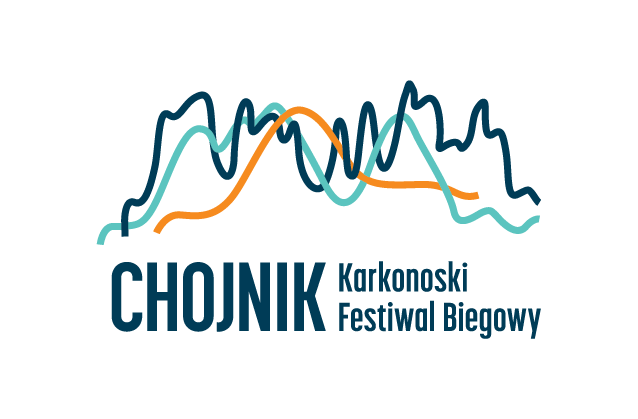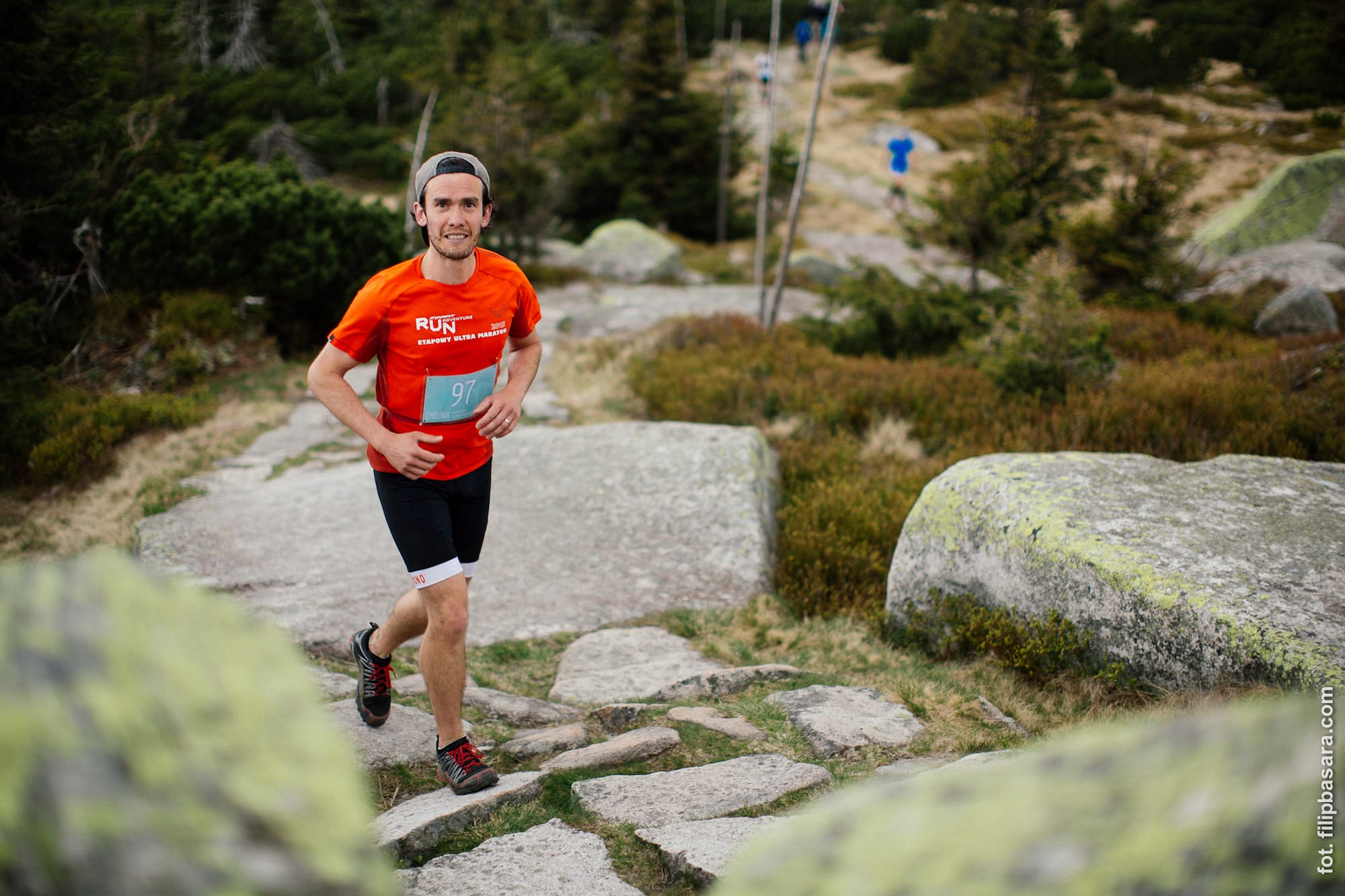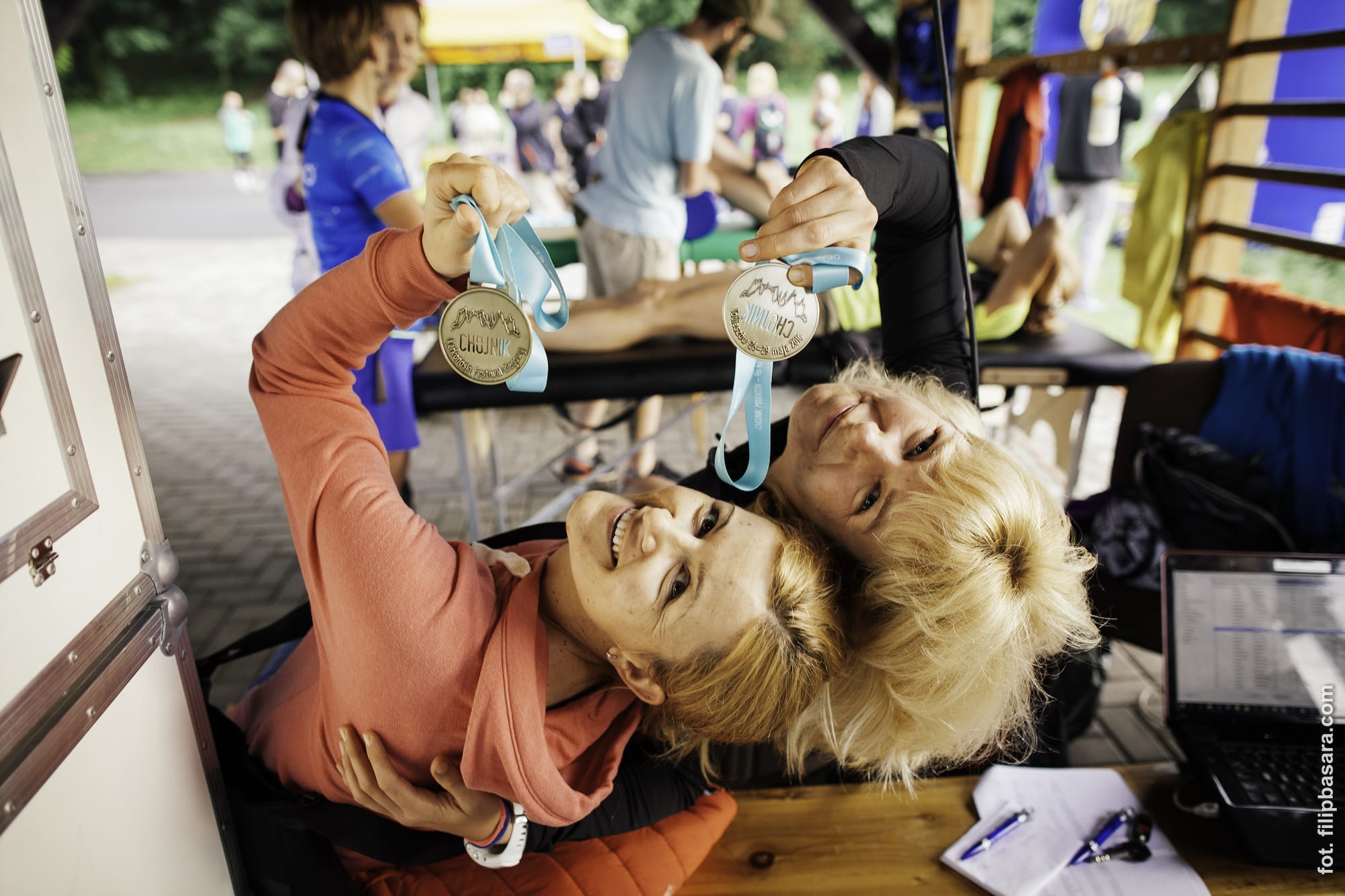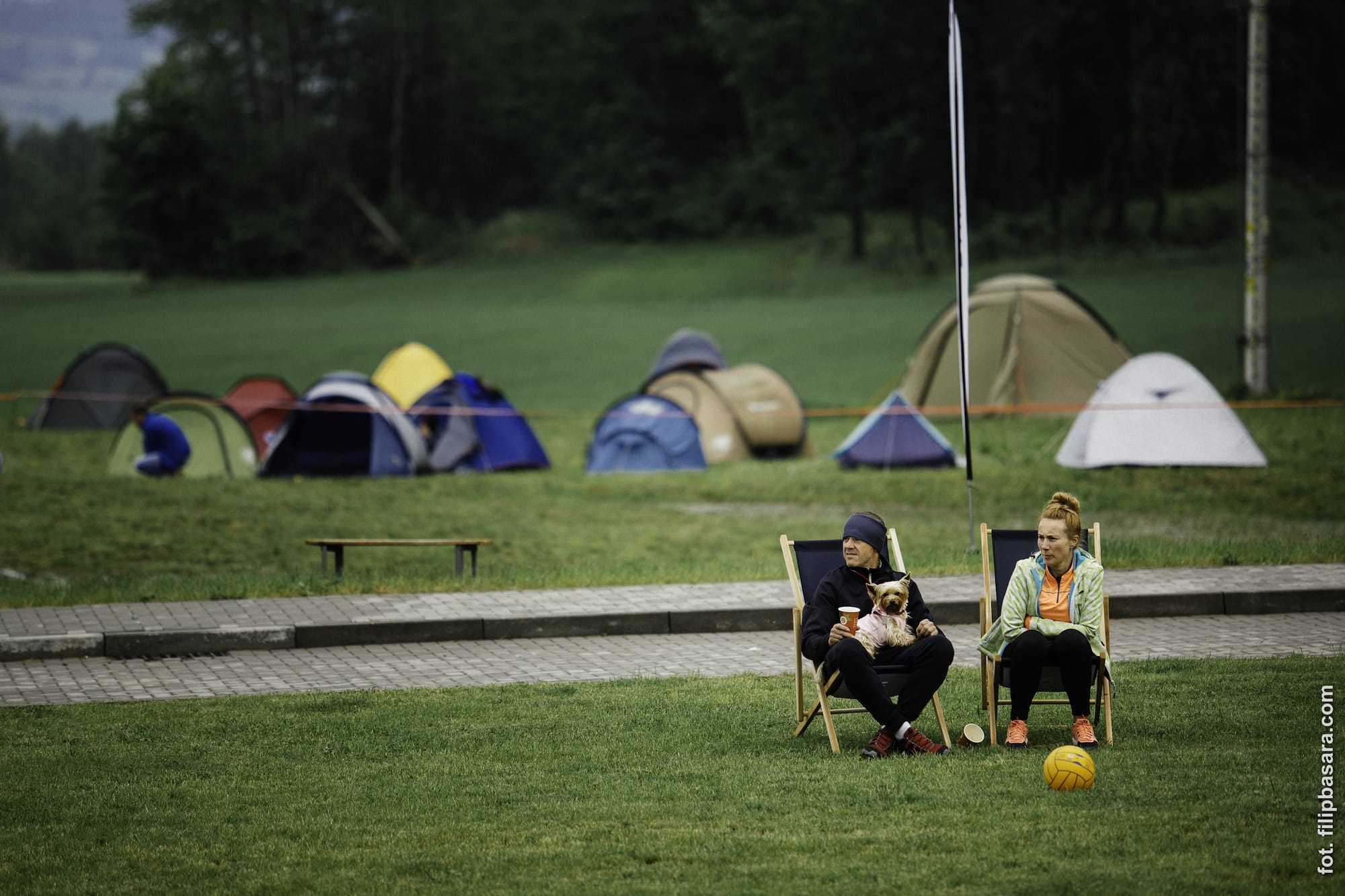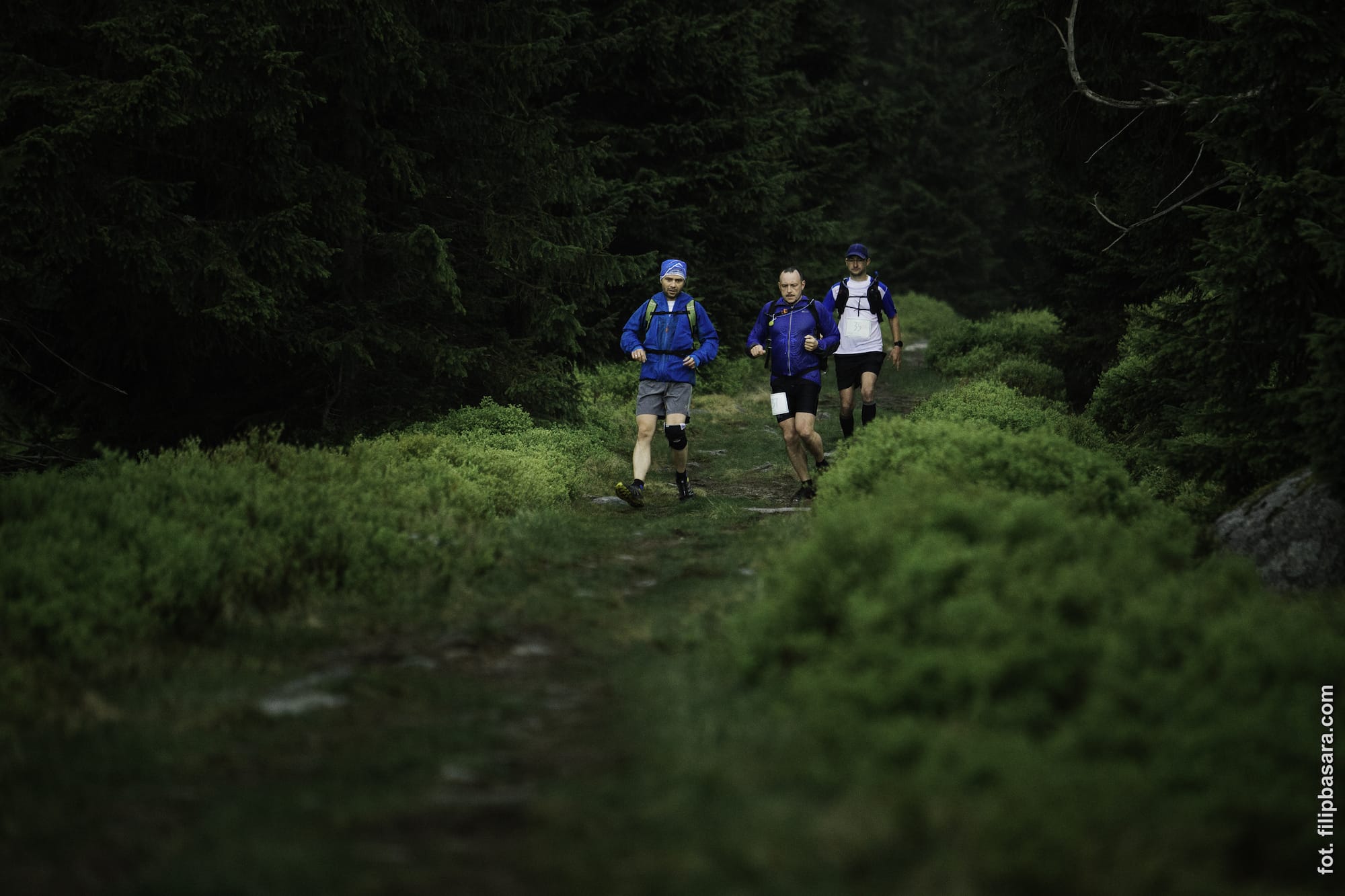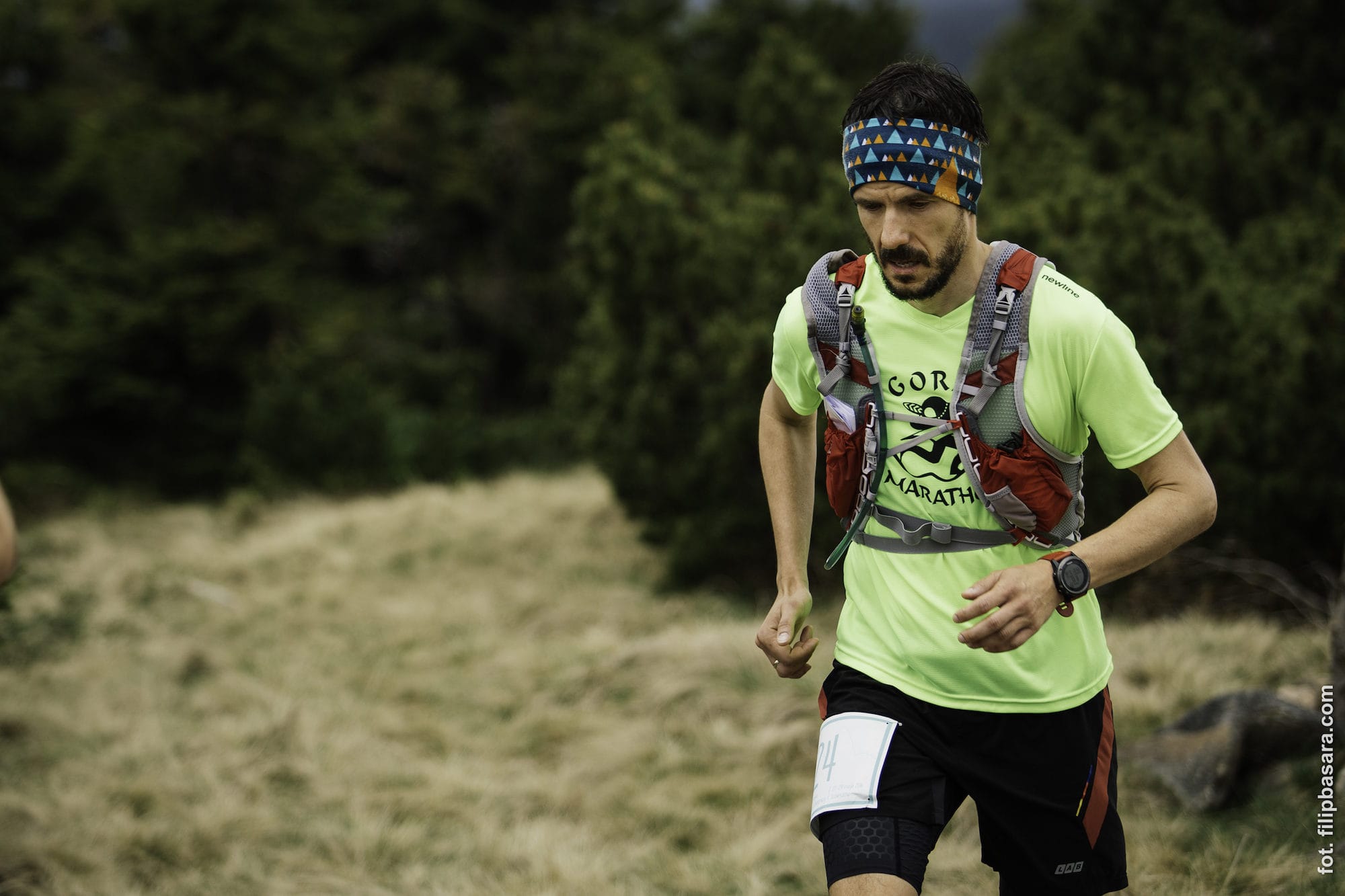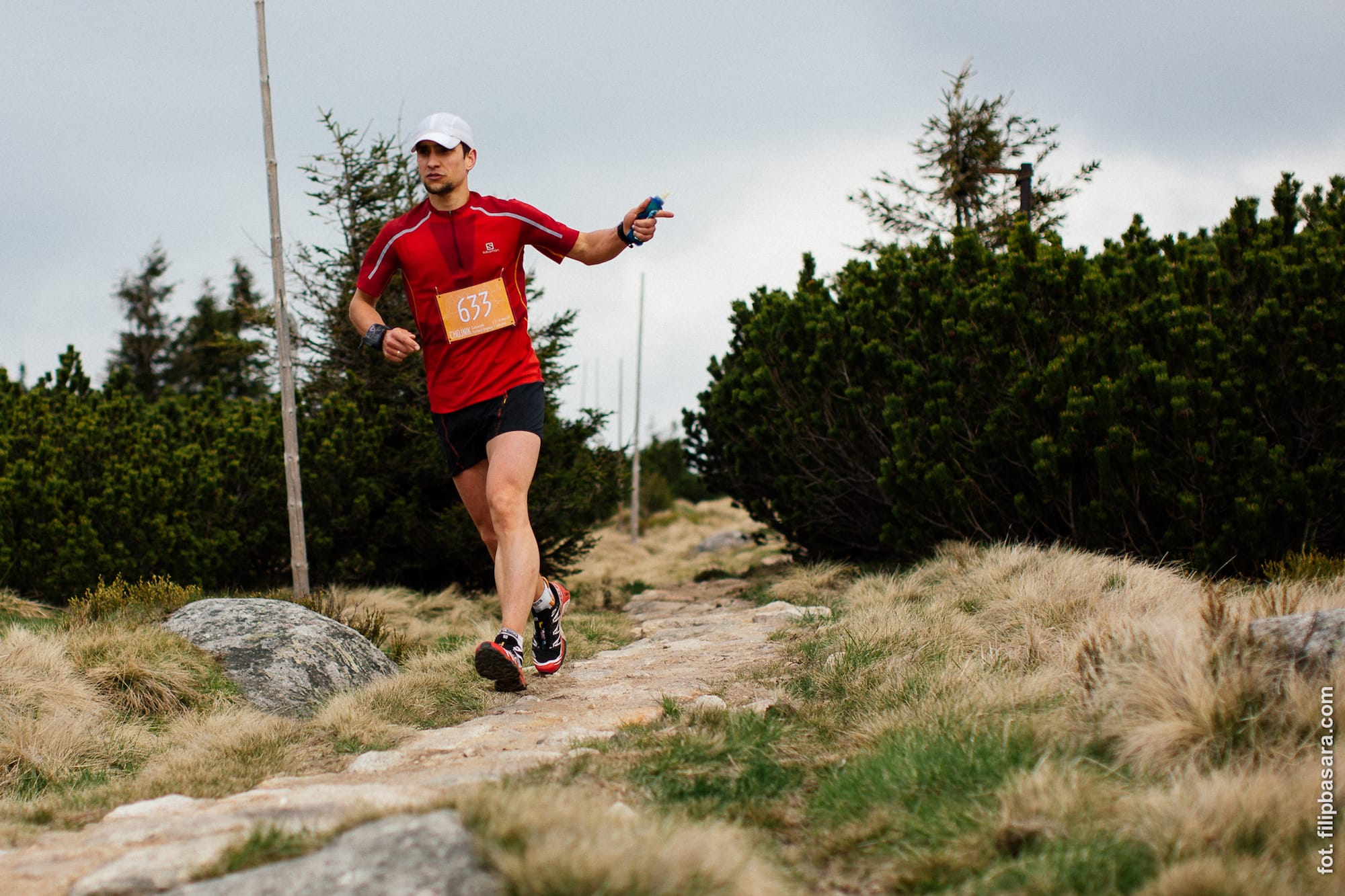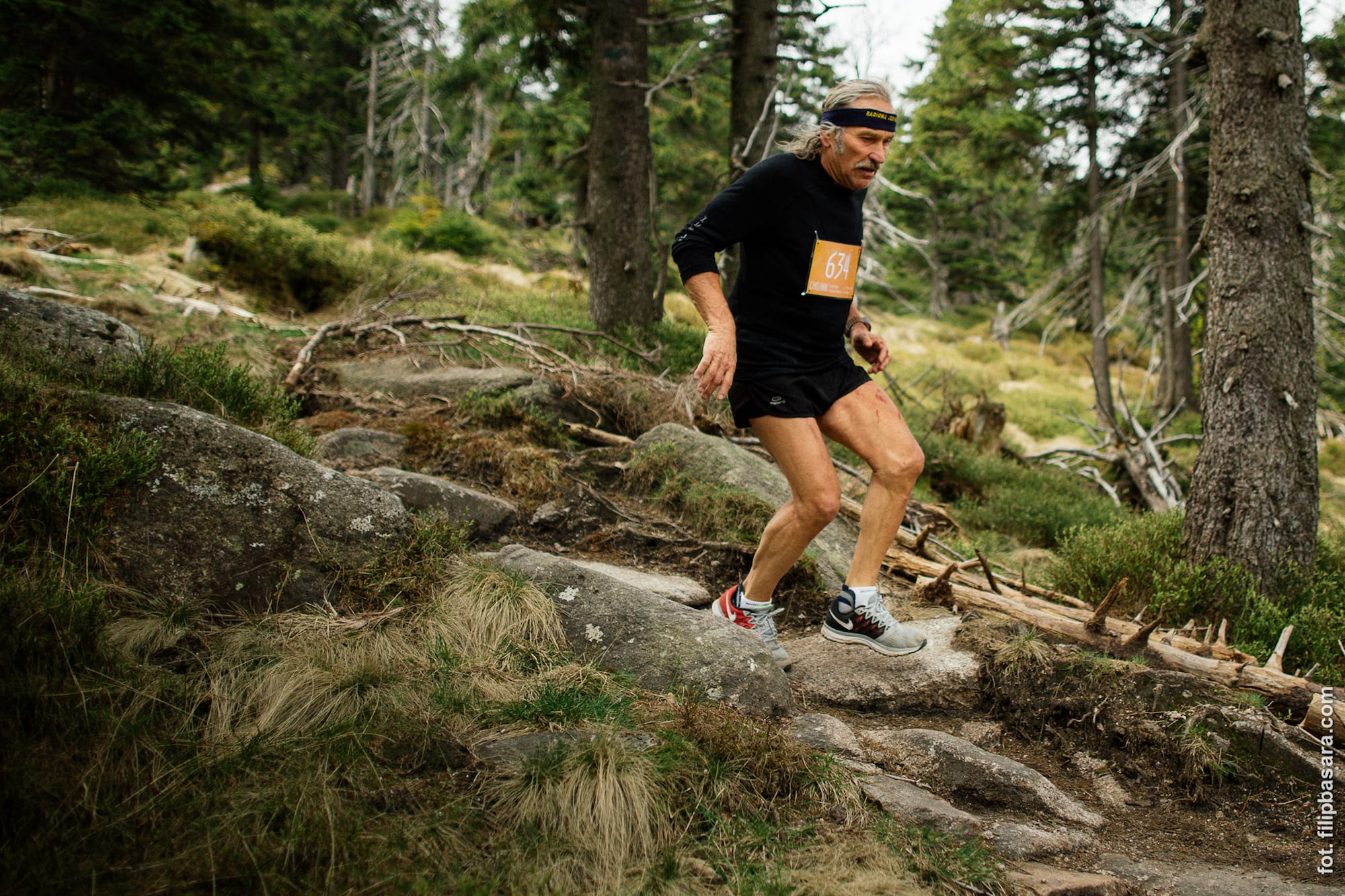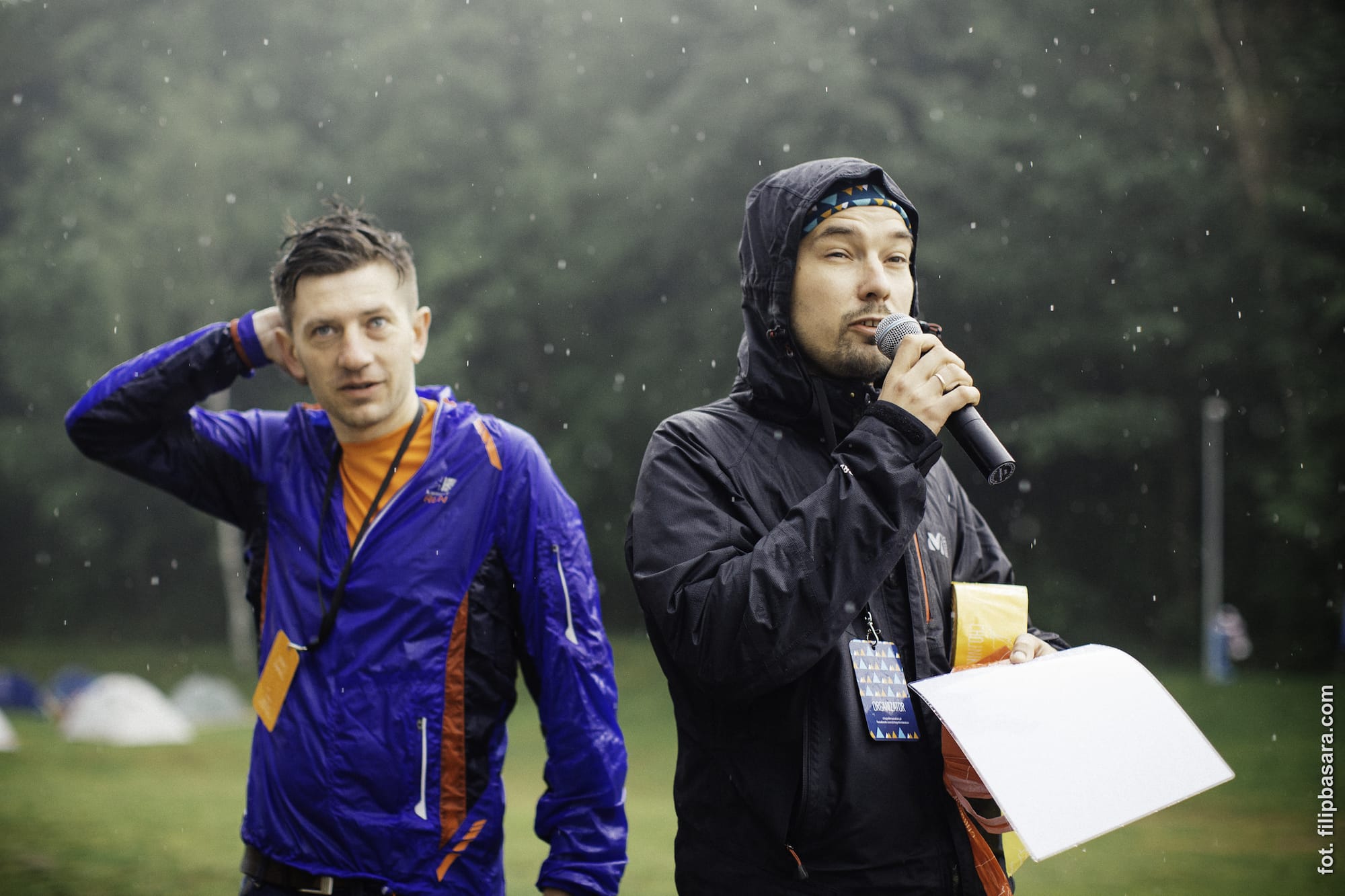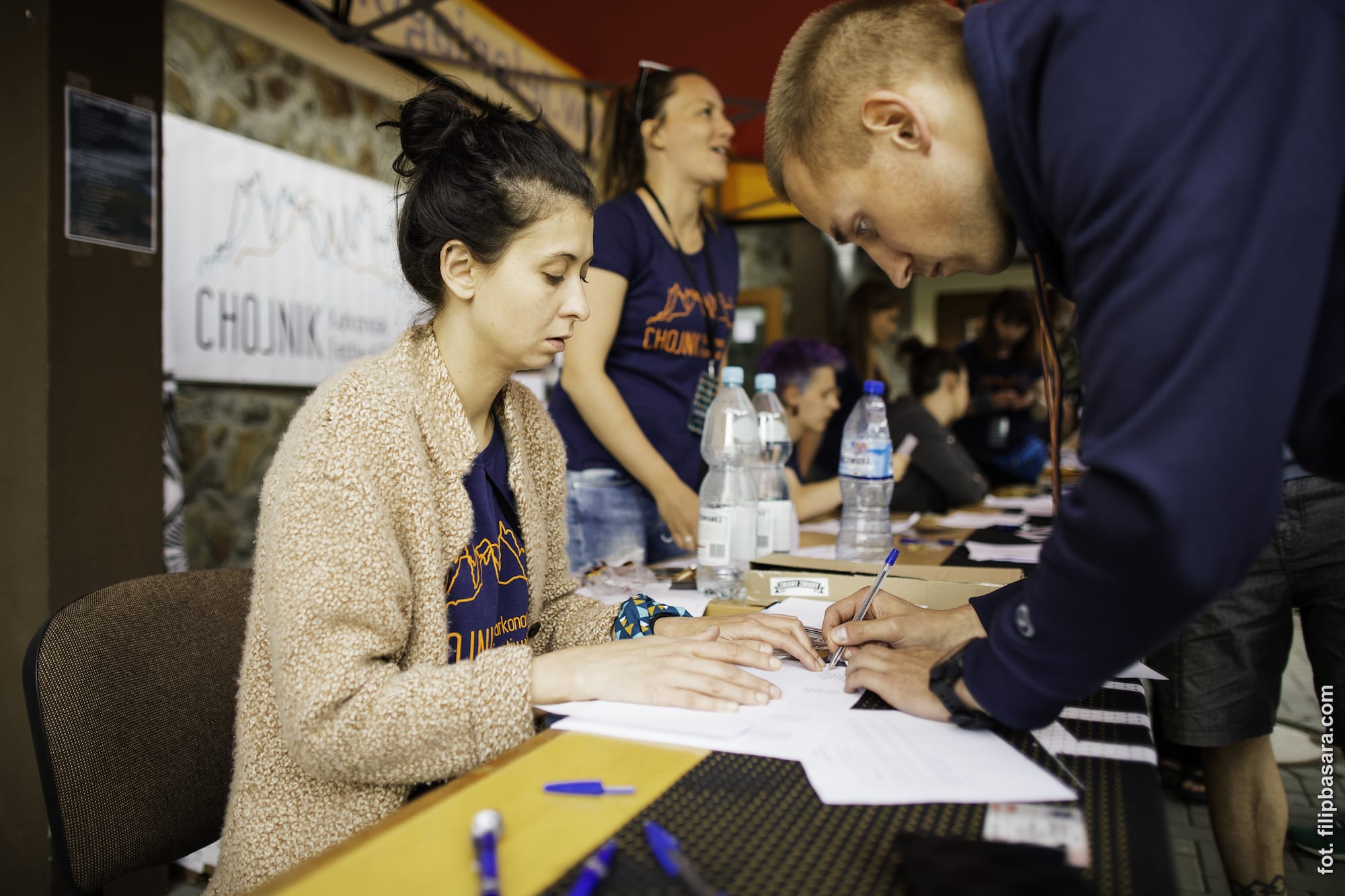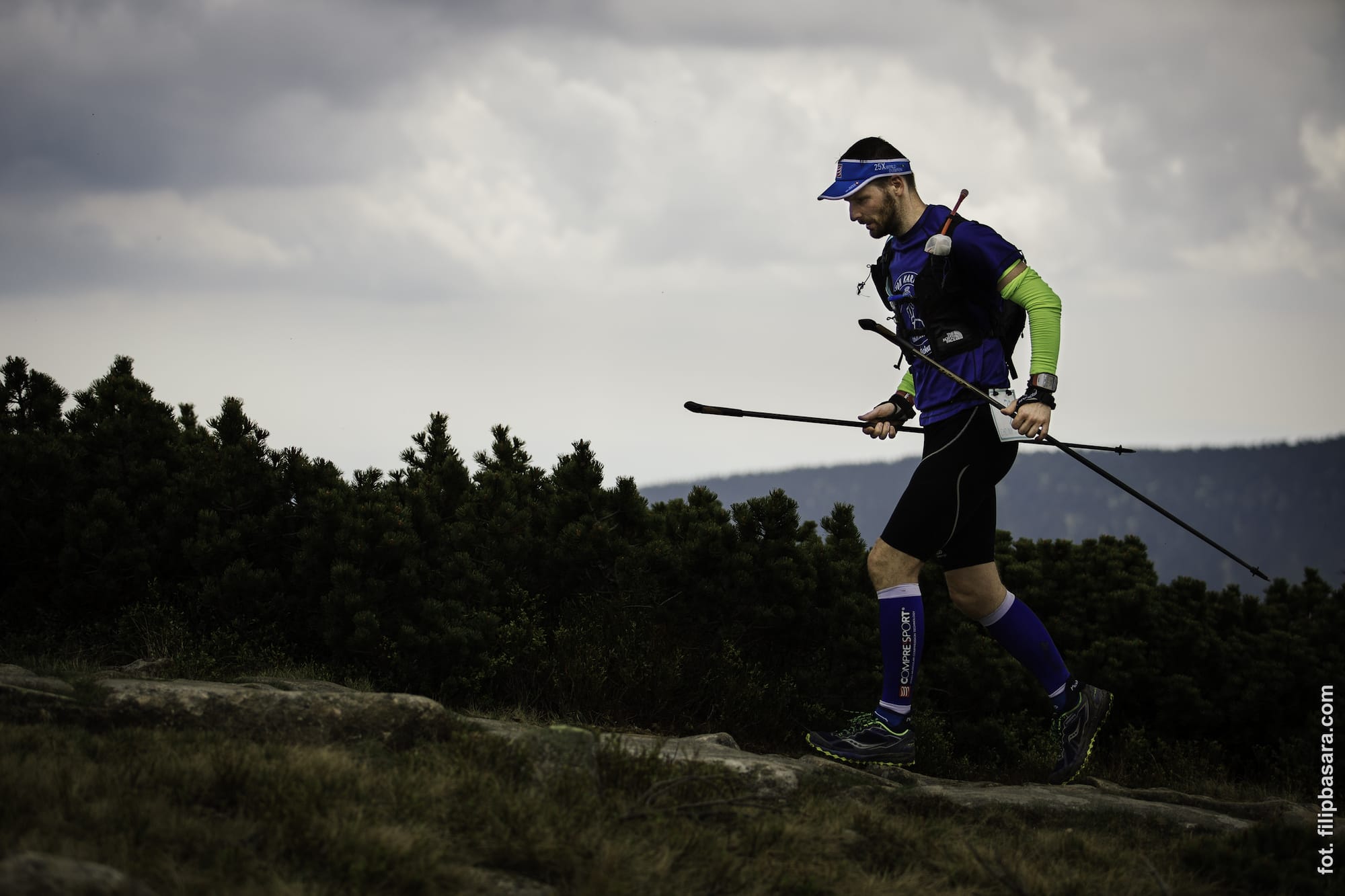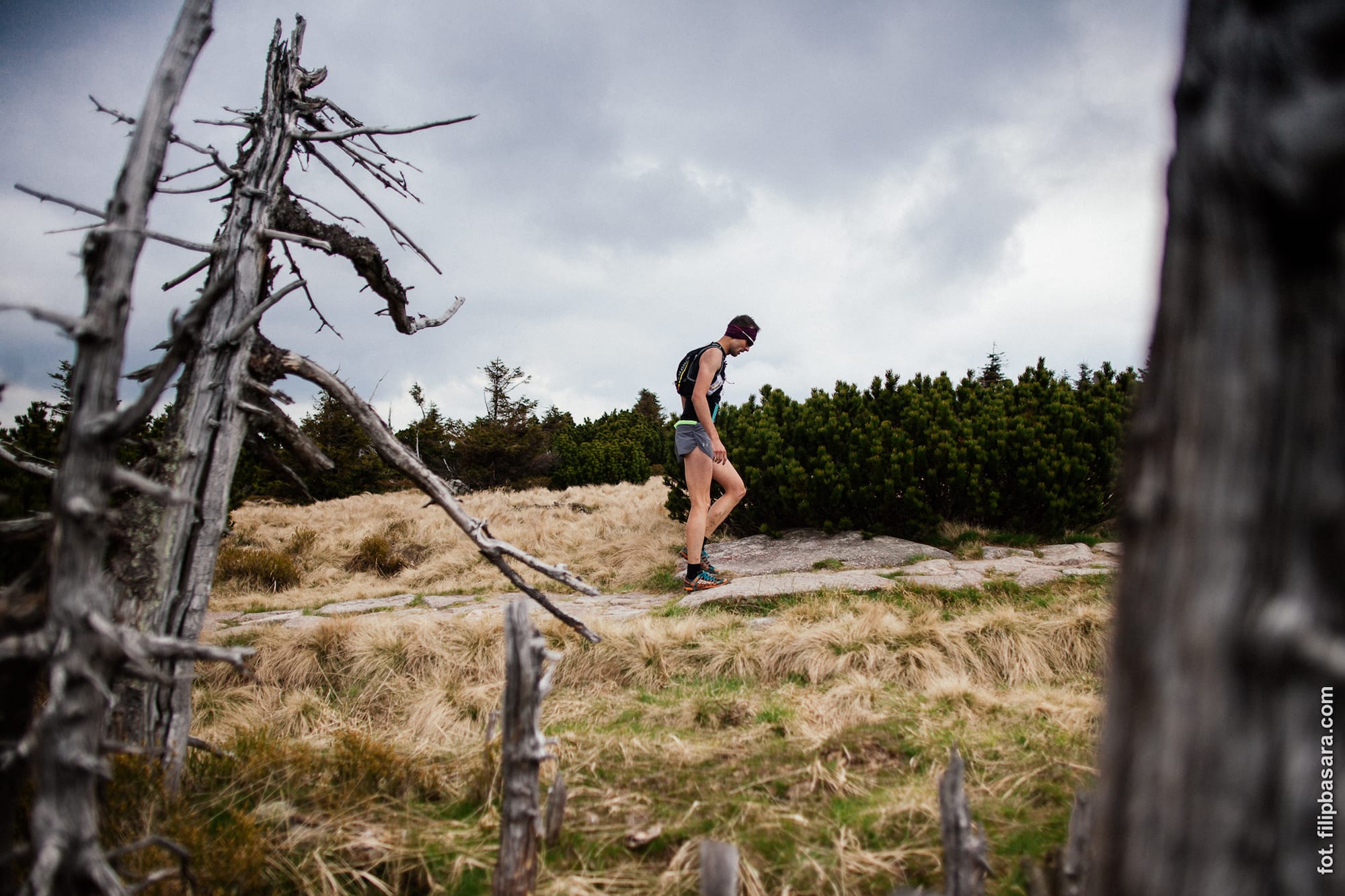AROUND CHOJNIK – EVERY LEGEND IS PARTLY TRUE
Karol Gołaj
Before the first Chojnik Marathon record was set, before the first ultramarathon men ran up to the castle walls, and long before Vertical, the newest run, was established – Chojnik Castle had already been wrapped in a legend about one daredevil who decided to run around the fortress. Did he finish the run? What was his time? We’ll get to that in a while. Join us for a journey into the past. The really remote one. And a journey on a much smaller distance.
Let’s start from the legend. Chojnik Castle was the home of Kunegunda, a castle lord’s daughter, who boldly accepted the challenge to ride around the walls of his fortress on horseback. He lost the challenge. He fell down from the precipice, orphaning Kunegunda, who took a vow, repeating again and again: “I will marry only to the one who will accomplish the impossible and ride around Chojnik”.
There were many who tried, but none of them succeeded. Years passed. Finally there appeared a knight worthy of the challenge. As soon as she glanced into his eyes, Kunegunda felt a tide of desire building up inside her. The young daredevil showed the agility of a mountain goat and made it through the whole circle – in other words, he won. At the end he looked at Kunegunda and said to her: “My lady, I have come here to avenge all the unfortunate who gave their lives because of your vanity and pride. I don’t want you at all”. We draw two conclusions from this legend, according to our needs. One: Chojnik has been run around before; and two: accomplishing the race is sometimes the only satisfaction, with no need of any additional rewards.
Part one. Start
“So, let’s honestly say how much of our own money can we put into this?” This question appeared at the organizational meeting two weeks before the first edition of Chojnik Marathon. It was 2013 and nobody gave any thought to creating a business plan beforehand, not even one small table with budget calculations. The priorities were established: it must be safe, tasty and energetic at the food stops, and legal – i.e., with all necessary approvals from forestry management and Karkonosze National Park. We bought each person a souvenir t-shirt and… The budget was gone.
This is why in Sobieszów, in the vicinity of Chojnik Castle, there appeared mysterious circles of trodden grass in the middle of a grassy meadow. These had been made by the organizers who, using their cars as improvised lawnmowers, evened out the terrain in order to place the competition office there, and the weary marathon man, after the 46th kilometre received a medal that looked quite exactly as the bottle cap medal that has been hanging on the neck of his or her child (who had run 200 meters in the competition!) It was also the reason why those who arrived first on the finish line received enormous, though not very efficient laser printers and a pack of pedometers – leftover gadgets from Euro 2012.
But the first and second editions were more about putting the idea of unpretentiousness to life. A family picnic, amateur running for the scope of recreation, where everybody gets to be the winner and tear the finish line ribbon. For the very contestants this – somewhat prolonged – run around Chojnik Castle always bears the mythical connotations: they are alone with the mountains, fighting their own weaknesses, struggling with the height. From the beginning we were led by the idea of building a society, uniting contestants, volunteers, and supporters. That’s because we know and say repeatedly that running is a team sport.
Part two. The first kilometres.
The second edition brought about the first portable toilet queue in history. We found this line of men shifting from one foot to the other symptomatic. In 2014 we already knew that cross-country races, mountain runs and contests on forest trails were hitting the running mainstream. And in Karkonosze, any form of competition becomes largely popular – some runs become sold out at an instant. They each have great organization, unique atmosphere, a demanding route, and attract the elite among the Polish mountain runners. They commemorate those who are no longer among us. The Jelenia Góra Valley hike, Winter Ultratrail in Giant Mountains, 3 x Śnieżka = 1 x Mont Blanc or our Chojnik Karkonosze Trail Running Festival, all have an established position on the mountain trails. One may search further, cross the mountains to the other side and take part in a run organized by our southern neighbours. They have just as many different runs.
But still, every competition has something about it. We have the Chojnik Castle and a fantastic route,although still little known. The marathon is hard, which was confirmed by Michał Jochymek, the winner of the Rzeźnik Race, who admitted that it’s difficult to find a harder route in the country. Maybe he was being polite, but he could also be angry that he hadn’t managed to win here. But he was not the only one. In the second edition Gediminas Grinius, Lithuanian ultra run celebrity, came third. The next one to cross the finish line was Przemysław Sobczak – winner of the ultra run Granią Tatr 2013. This could mean nothing, but still… if the story of the legend was happening now, Kunegunda would not start a family with those contestants. If we take the Lithuanian’s defeat as a sort of an oddity, then what should we think of the 2015 story of Miłosz Szcześniewski, who started in the Heaped Half marathon and won the Marathon instead? Miłosz mixed up the way – he took the left turn instead of running straight ahead. He was running first, so he didn’t look at the others. He was only a little surprised that he has to continue running after twenty kilometres. He clenched his teeth and crossed the finishing line of Chojnik Marathon first.
A few words about the route. Let’s make the conditions familiar to the contestants occupying the middle positions, who have the time to look around, lift their heads up for a moment and look into the distance. The route goes through the most beautiful trails of the Giant Mountains, mostly outside the well-known, tourist-trodden ones. It goes both through the Polish as well as Czech side of the mountain range. Thus the contestants experience alpine trails with steep rocky slopes, spectacular views, and demanding stages. The most challenging moment is posed by the black-trail descent from the Łabski Szczyt summit – each stone lies at a different angle on this trail, as if it had been the mythical Karkonosz himself who paved it with this bizarre mosaic, and the search for any running rhythm there is hopeless. Always at the bottom of this trail, on the High Bridge, there is a medical station – providing mental aid as well as their blood-chilling spray. The nutrition stations, according to the contestants themselves, are equipped very richly. We do what we can to make those running ventures nice. Maybe it’s because any runner – just like a client with a tie – is the less complaining type, but we hear a lot of positive feedback. Just one example from last year, when crossing the finish line a contestant shouts at us: “What bananas! I’ve never eaten such good bananas. Where the hell did you buy them?!” Finish line, endorphins, the joy of overcoming one’s weaknesses. We look at one another awkwardly and reply: “Supermarket”.
Part three. Working up distance
The five years have made us realize just how big a progress we had made – in terms of organisation, frequency and our own sport performance. This year we have already closed the starting lists, with 900 contestants on three different distances set on alternative routes. They will run 28 km of the Heaped Half Marathon, 46 km of Chojnik Marathon, and 102 km of Ultra Chojnik race. The growth of the event is best seen in numbers. During the first edition we had 88 contestants, followed by 160 during the second edition, 390 during the third, and 690 the following year. We are slowly realising that we are reaching the point after which it will no longer be possible to call Chojnik a small event. However, we don’t want to lose this friendly family atmosphere. We didn’t choose forest trails over asphalt only to make the mistake of copying the numbers of contestants of urban marathons. We – the three of us – organize only this single event during the year and we give it all we have. We run a lot ourselves, we have our jobs, duties, a complete set of wives and a more-than-complete set of children. We no longer have the capacity to engage in making things that wouldn’t make us proud at the end.
However, we would be nothing without our volunteers. It is with them that we have been learning to organise sports events from the start. Often they show us ways to do things in a better way, or faster, or more efficient. I remember when during the third edition there came Mirek from the Rzeźnik Race. While his wife was winning the Heaped Half Marathon, he was making himself busy in the buffet zone, helping and giving useful hints. He says: “Grab a knife, lad, and make a hole in the bottom of the bottle – this way the water will run quicker, without all that bubbling!” Well, yeah. In order to know this, you either need to fill people’s water bottles for 12 years in the Bieszczady Mountains, or be the one who had paid attention in class. The class in life, maybe?
“So, I collect the contestants from Špindlerův Mlýn, as you said. After 70 km they no longer have the strength, will nor the health to run any further. What fantastic people they are, they have such interesting stories. But tell me, what food do you give them on those nutrition points? Every now and then they need to open the windows, saying there’s no air…” This volunteer, despite all adversities, found joy in driving across the mountains to collect the withdrawing ultras. The great majority of volunteers are unique personages, from teenagers to very kind second-time youths. A large percentage of them is our family and friends. Often this is their first encounter with the running world. They wait on the nutritional points, create artistic workshops for the kids, organize the competition office, mark out the route, transport food. The real Chojnik Team.
Part four. The last turn.
Lastly, I would like to raise an issue that may seem unimportant, but that is crucial for us – innovation. It is quite difficult nowadays, when the demand in the running world is higher than supply, to organise a competition that is different from the usual standards. It is hard to oppose “organizational trends” and serve pasta that is not overcooked, not to play heavy-beat music right at the foot of the mountain, or prepare multi-use cups. This is why every year we try to come up with new ideas. To invite a few food trucks: let the competitors choose for themselves what they feel like eating; to bring a great band to perform live music, set up a zone for massage and relaxation, organize athletic and artistic competitions for the children and their families or provide a free camp site. Of course, not all of the ideas are originally ours. We also take inspiration from others, but we don’t hide it.
A great ordeal for every organizer is creating the competition’s visual identification. Preparing an appealing gadget, poster, medal, starting number, t-shirt. To ensure consistency, all these things should share the same motif. For some people, this is difficult to imagine. We try to take a step further. Let me use another example. Our graphic designer, who is not a runner, calls me and says: “I walk in the park and I see these runners of yours… What do they put on their heads! What do they wear on their necks! Please promise me that we’ll make head scarves for them, but in such a way that they at least look nice”. For a couple of years we’ve been trying to make things that at least look nice.
Part five. Finish line
The character I pity the most in this whole story is Kunegunda. She was born in the wrong times. If she had lived today, her fate could have been completely different. Perhaps she would not have been saved by Robin Hood, but surely by some other man in tights.
